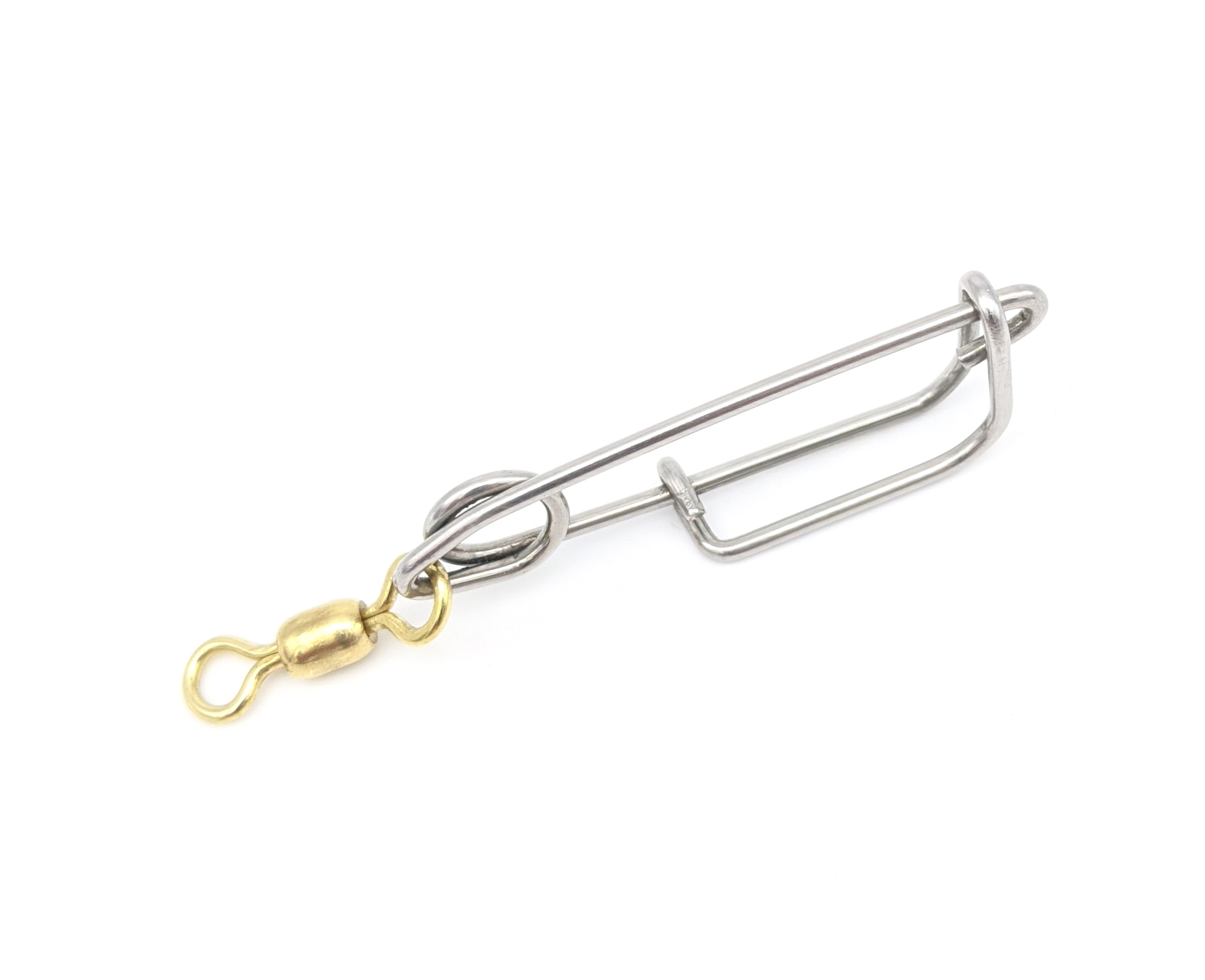Get unique, complex parts easily. No matter your requirements, Chaoyi Spring creates hard-to-produce coil springs and wire forms.
Let us help you create the custom wire form you need, from S-hooks and J-hooks to utility hooks and more.
We work closely with customers across a wide range of industries, helping them design and manufacture made-to-order parts.
Why choose Chaoyi Spring? We prioritize customer-focused collaboration, modern equipment and the latest technology to make your parts per print.
Find the information and guidance you need, from measuring a spring to learning about materials, placing an order and much more.
Have you ever needed to compress a coil spring for a repair or project, but found yourself without the specialized tools? Don't fret! While using dedicated spring compressors is the


Have you ever needed to compress a coil spring for a repair or project, but found yourself without the specialized tools? Don't fret! While using dedicated spring compressors is the safest and most effective method, there are a few DIY techniques you can use in a pinch. This guide will outline some safe and effective methods for compressing a coil spring without tools, but remember, safety should always be your top priority.

Before we delve into the methods, it's crucial to acknowledge the inherent dangers involved in compressing springs. Coil springs store a tremendous amount of potential energy, and if released suddenly, can cause serious injury. Always proceed with caution and ensure a safe environment.
This method utilizes the leverage of a car jack to compress the spring, but it requires careful setup and execution.
Note: This method is best suited for smaller springs and should only be used if absolutely necessary.
If you have a sturdy clamp or vice, you can use it to compress the spring. This method works well for springs with a smaller diameter.
Note: This method requires a clamp or vice that can handle the force of the spring.
If you're in a bind and don't have any of the above materials, you can try the tie-down method. It's a bit more risky, but can work in emergencies.
Note: This method is highly risky as the straps could break or slip, potentially causing injury. Only use this method if absolutely necessary and always prioritize safety.
Always prioritize safety when compressing springs, regardless of the method you choose. Here are some crucial considerations:
Always remember: These methods are meant to be used only in emergencies or when professional tools aren't available. For safety and optimal results, consider using a dedicated spring compressor for any regular or critical repairs.
Compressing a coil spring without tools can be done, but it's essential to understand the risks and proceed with caution. Never compromise safety for convenience, and always use appropriate safety gear. These methods are for emergencies only; for regular repairs or projects, consider investing in a spring compressor for safety and optimal results.
Browse some of the custom wire forms and springs that we manufacture. Don’t see what you need? We specialize in made-to-order products that meet your application requirements.
Visit Our GalleryNeed a custom wire form or coil spring? We make it work. Fill out the contact form and a representative will respond within 1 business day. If you have a PDF or CAD file, you can submit to request a quote.